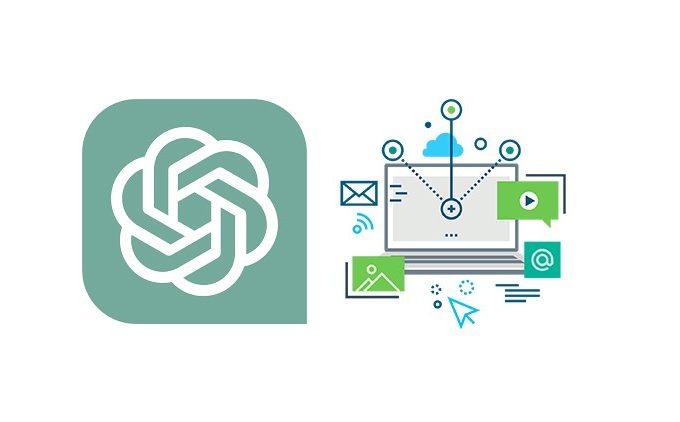For decades, long immigration queues at airports have been a concern with new complexities post the pandemic.
With travel restrictions easing globally, border control authorities are likely to spend more time scrutinizing travelers’ records, given the added need to review health credentials and vaccination statuses, according to Jiten Vyas, Regional Group Chief Operating Officer at VFS Global.


According to the Annual Tourism Sector Performance 2021 Report, Kenya’s tourism sector is looking positive, with the aviation industry playing an integral part in the sector’s growth.
The country continues to gain from its strategic location as a global and regional air transport hub hence the sustained resumption of flights by major international airlines.
The Government has also eased COVID-19 restrictions –and the resulting growing demand for solutions to expedite passenger document checking – including the passenger locator form and the proof of negative Covid-19 test – is most currently done manually.


The country’s position as an aviation hub for the region must be safeguarded by ensuring maintenance of global standards in infrastructure and continuous improvements in service delivery.
Despite a collective intent to regain pre-pandemic momentum in global mobility, governments remain wary of overcrowding at airports and security threats. Vyas refers to earlier this year when cross-border traffic was tapered. The chief solution officer at UK’s Heathrow airport told the UK Parliament Transport Select Committee that queuing times at the airport had increased to up to six hours, as border officials were obliged to check passengers’ documents – including the passenger locator form and the proof of negative Covid-19 test – manually.
“While biometric identity management systems have helped improve this situation to some extent by enabling officials at border gates to verify the identity of passengers at a faster rate, this sector demands frequent innovations,” says Vyas.
Innovations in biometric authentication
Vyas says, “With governments focusing on contactless travelers’ experience, we have already seen innovations in biometric authentication at airports.” For instance, they ruled out paper verification of COVID-19 test results and vaccination certificates upon arrival in Kenya, sparking local airlines’ adoption of electronic verification processes.
This is now a global trend. Likewise, in October 2020, UAE carrier Emirates launched an integrated biometric pathway at Dubai International Airport for travelers to pass through the airport without showing any documents.
The technology – which uses facial and iris recognition, allows passengers to check in, complete immigration forms, and board in a contactless way, reducing queuing times and supporting health and security measures.
As part of the biometric pathway, Dubai’s General Directorate of Residency and Foreign Affairs, in collaboration with Emirates Airline, developed a Smart Tunnel technology, enabling passengers to be automatically cleared by immigration authorities while walking through it.
Face Express, a similar innovation piloted at the Japanese airports of Narita and Tokyo Haneda, enabled a boarding procedure for international flights through facial recognition technology without document review.


Emerging technologies
Artificial intelligence, machine learning, and data analytics will fundamentally change border management, enabling Smart Borders a few years from now.
However, the adoption of these technologies is relatively limited currently, says Vyas. “These emerging technologies would enhance border officials’ judgment through AI-enabled intelligence in analyzing biometric markers such as facial recognition. Next in line, data analytics can help detect suspicious profiles by analyzing various data points that passenger submits, right from booking an air ticket to applying for a visa and subsequent transit interface.”
Risks & mitigating measures
Adoption of advanced technologies for border control management has its share of risks, such as manipulating machine learning systems to make false predictions with a fatal impact on outcomes at the border entry/exit decision points. Similarly, the integrity of data sets can be corrupted through targeted attacks leading to false predictions, Vyas says.
“Given such risks, protecting data sets, including the training data, becomes critical. Core security principles of encryption, access control, and authentication, logging and monitoring become important and should be included right from the design and development stage of the systems.”
Vyas further says that vulnerability management is another key area that should be actively managed, especially since many open-source libraries are used in systems development. “Overall, securing just the algorithms and data sets is not enough, rather, an end-to-end approach in applying security by design should be adopted and managed on an ongoing basis.”
VFS Global, the world’s largest outsourcing and technology services specialist for governments and diplomatic missions worldwide, for instance, complies with various data localization, privacy, and protection laws, including the EU General Data Protection Regulation (GDPR).
Border control authorities can also block travelers with suspicious profiles through AI and machine learning algorithms, forcing them to go through manned border gates and narrowing the country’s chances of illegal entry.
“With the world on the move again, wider acceptance of digital and intuitive technologies will be critical to regaining pre-pandemic momentum, albeit with adequate risk-proofing,” concludes Vyas.





